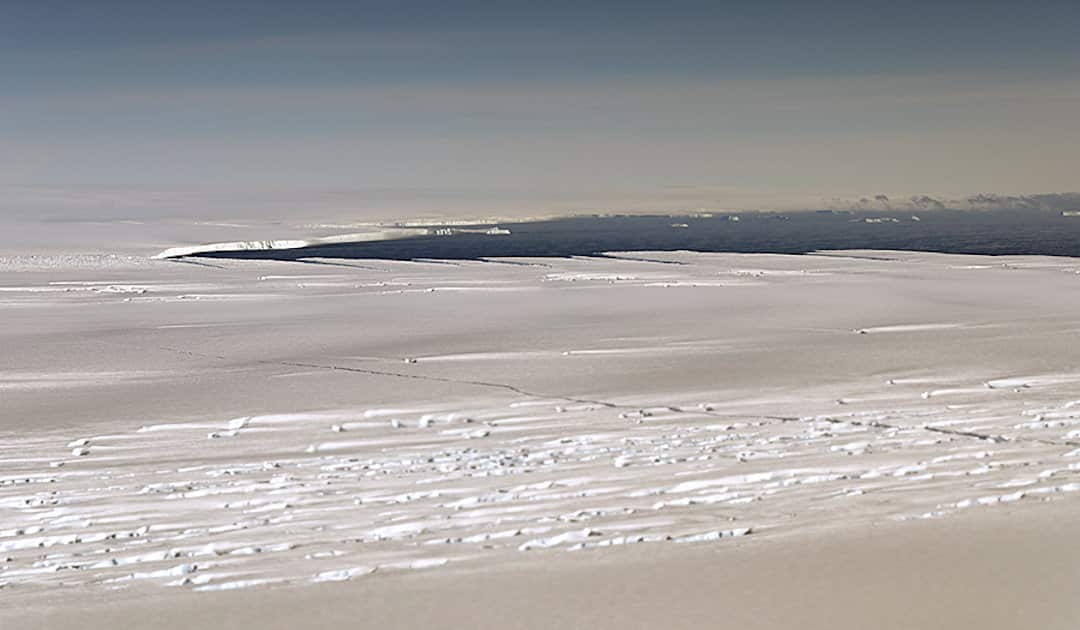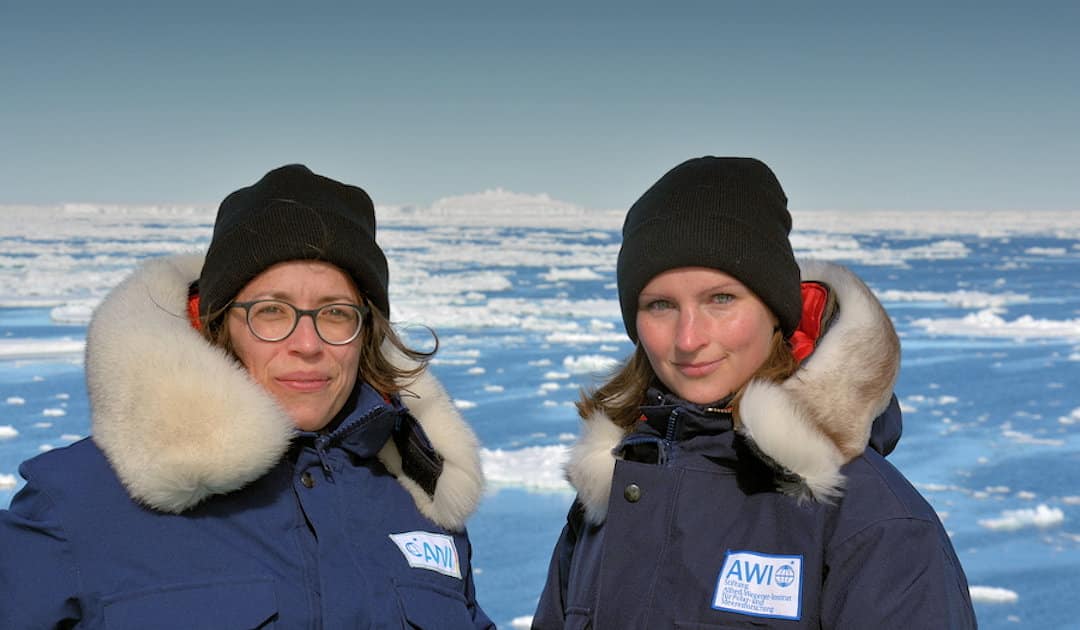
Many glaciers in West Antarctica and the Antarctic Peninsula are more affected by climate change than those in East Antarctica, mainly due to warmer deep water. Two glaciers in particular, the Thwaites and Pine Island glaciers are the focus of research. Because of their size they influence the sea level. Researchers have now calculated the point for the Pine Island glacier at which its melt will be irreversible. And according to the results, this could soon be achieved.
The study by the international research team shows, with the help of model calculations that the glacier has at least three tipping points. The last of these is there when the water temperature, which causes the glacier tongue to melt from below, is 1.2°C above the normal water temperature. This will cause the glacier to retreat irreversibly, which is likely to destabilize the entire West Antarctic Ice Sheet, the researchers write in their paper. “The potential for this region to cross a tipping point has been raised in the past,” explains glaciologist Dr Sebastian Rosier of Northumbria University in Newcastle (UK) and lead author of the study. “But our study is the first to confirm that Pine Island Glacier does indeed cross these critical thresholds.” The paper appeared in the journal The Cryosphere.

The research team, which includes the two scientists Dr Ronja Reese and Professor Ricarda Winkelmann from the Potsdam Institute for Climate Impact Research, analysed early warning signal indicators of the glacier and used them to model the possibilities of so-called “points-of-no-return”. Indicators include past retreat events and response to warming of the underside of the glacier. “Many different computer simulations around the world are attempting to quantify how a changing climate could affect the West Antarctic Ice Sheet ,” Dr Rosier explains. “But identifying whether a period of retreat in these models is a tipping point is challenging. The methodology we use in this new study makes it much easier to identify potential future tipping points”
He refers to “critical slowing down”, the slowing down of a system as it approaches a tipping point. In the case of an ice shelf or glacier, this would mean an acceleration of the melting and flow of the glacier when warming occurs. The researchers were able to show this in their work. According to their calculation, the Pine Island Glacier should exceed a total of three points. “The first and second tipping events are relatively small and could be missed without careful analysis of model results,” the team writes in their paper. “But nevertheless (they) are important in that they lead to considerable sea-level rise and would require a large reversal in ocean conditions for recovery.” According to the team, the third point would be a 1.2°C increase in water temperature under the glacier, which will then lead to a complete collapse of the Pine Island Glacier.

To be sure, the team also describes caveats to their work. First, such systems are hardly ever in a state of equilibrium, a factor that is important for determining a tipping point; second, the predictive power of the model depends on the distance to the tipping point; and third, early warning indicators could be misinterpreted or overlooked. But the team concludes that the Pine Island glacier system is likely headed for the third tipping point due to long-term warming and effects on wind and waves. According to Professor Hilmar Gudmundsson, glaciologist and co-author, “Should the glacier enter unstable irreversible retreat, the impact on sea level could be measured in metres, and as this study shows, once the retreat starts it might be impossible to halt it.”
The Pine Island glacier had retreated several tens of kilometres in 2014-15. The reasons for this were attributed on the one hand to the sea floor and volcanic activity in the subsurface, but on the other hand mainly to the warming of the deep water. Another study showed that cracks on the sides of the glacier were partly responsible. Whether these are the harbingers of the third tipping point, however, remains to be seen.
Dr. Michael Wenger. PolarJournal
More on the subject:





